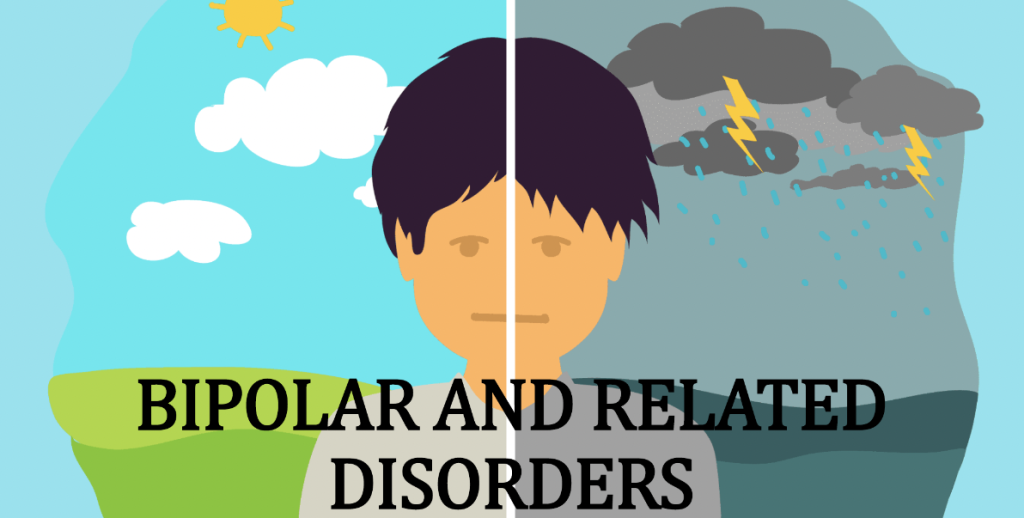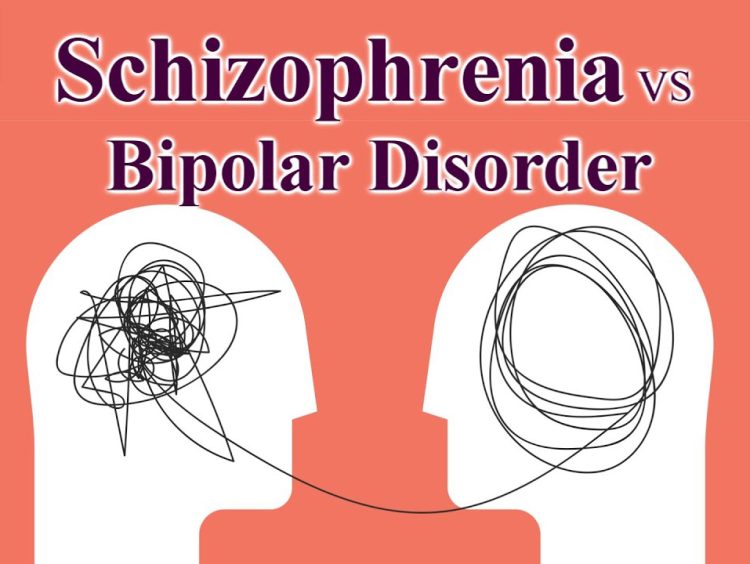Bridging Behavioral Data and MRIs for Enhanced Diagnosis
In the interdisciplinary nexus of behavior and technology, recent research shows that the judicious integration of behavioral data with multimodal MRI techniques optimizes the diagnostic accuracy to 83%. This slightly exceeds the average clinical diagnostic success rate of 75% achieved by general practitioners. Surmounting the diagnostic acumen of seasoned medical experts still presents a formidable challenge — as human expertise, with its rich tapestry of prior knowledge and accumulated experience, remains critically important.
Innovative Collaborations and Significant Findings
Researchers from the Shanghai Jiao Tong University School of Medicine’s Songjiang Institute, led by fellow Wang Jie, in collaboration with Professor Lin Kangguang’s team from Guangzhou Medical University’s Brain Science Hospital, have developed a method that employs multimodal neuroimaging to aid in diagnosing bipolar disorders in adolescents with an 83% accuracy rate. Their groundbreaking work was published in the journal Biological Psychiatry on July 26, 2024.
According to the “Diagnostic and Treatment Guidelines for Mental Disorders (2020 Edition),” diagnosing bipolar disorders primarily relies on clinical phenomenology. Nearly 70% of bipolar disorder cases were previously misidentified as other mental illnesses, indicating a critical gap in recognition of hallmark symptoms such as emotional instability and the episodic nature of the disorder.
The Nature of Bipolar Disorders in the Youth
On August 7, 2024, Jin Feng Wu, the lead author of the study from the said institute, provided an online overview of their findings. Bipolar Disorders manifest primarily during adolescence, characterized by extreme depressive and manic episodes. Genetics play a significant role, with heritability rates between 60-80%. Individuals with first-degree relatives showing symptoms of bipolarity face a tenfold increase in risk compared to the general population.

Unraveling Genetic Ties and Brain Anomalies
In a cohort study published in Nature Mental Health in January 2024, Wu’s team collected data from over 500 adolescents aged 10-20, divided into five distinctive groups. Their technique of contrasting the brain images of healthy individuals with those diagnosed with bipolar disorders identified neuroanatomical variances potentially indicative of the disorder. Longitudinal follow-ups revealed a 20-30% conversion rate into full bipolar disorders among participants with subthreshold symptoms, underscoring the prognostic value of these neuroanatomical markers.
Fusing Clinical and MRI Models for Greater Precision
Three GLMNET statistical models — the clinical diagnostic model, the MRI-based model, and the integrated model — were constructed to evaluate their contributory role in diagnosing adolescent bipolarity. While the clinical model reached a 75% accuracy leveraging behavioral variables alone, the MRI-based model achieved a 65% rate, thus highlighting the clinical observations as more accurate. However, the integrated model, encapsulating both imaging and behavioral features, significantly raised the bar to a diagnostic accuracy of approximately 83.3%.
The Path Forward: Caution and Combinatorial Approaches
Despite the promising advances, Wu asserts the necessity for a cautious and complementary approach, where multimodal MRI models are employed as a supplementary tool in developing a more formidable diagnostic process. To issue authoritative diagnostics, models must achieve an accuracy between 95-99%, while also acknowledging the present models have yet to be trialed clinically and are primarily used for research purposes.
The Role of Environment in Genetic Expression
Wu also noted that while bipolar affective disorder carries high heritability, environmental factors play a crucial role in the manifestation of the disorder during adolescence. Follow-up studies have shown that while nearly all adolescents carry susceptibility genes, only a subset exhibits the gene expression leading to mental illness. Complex social factors, such as family violence, neglect, academic, and employment pressures may trigger a potent gene expression, precipitating the development of bipolar disorder and depression.


















































Discussion about this post